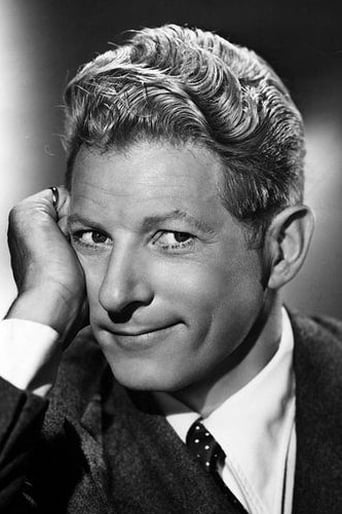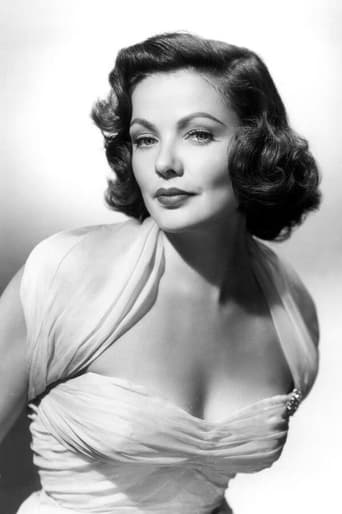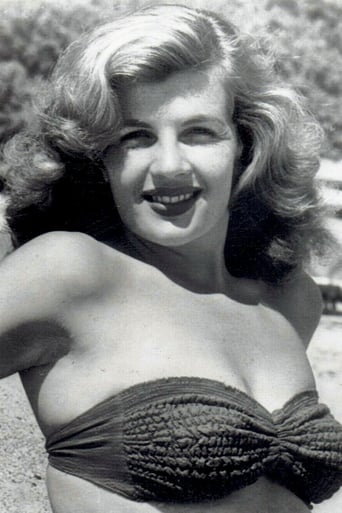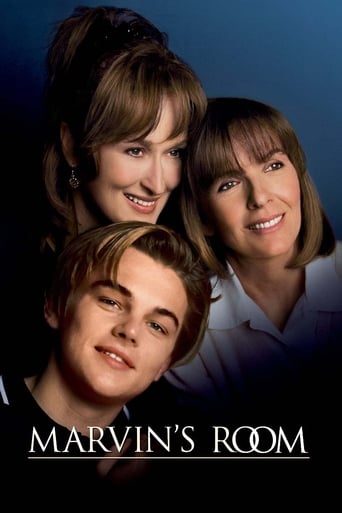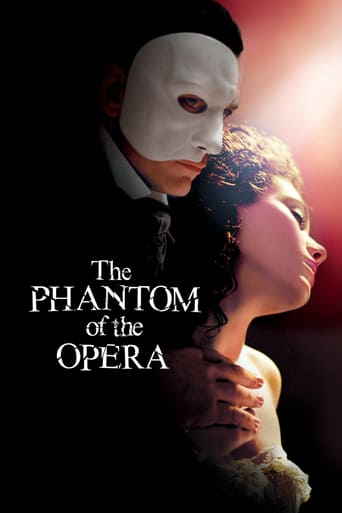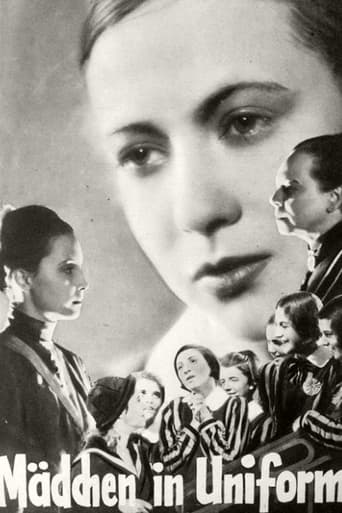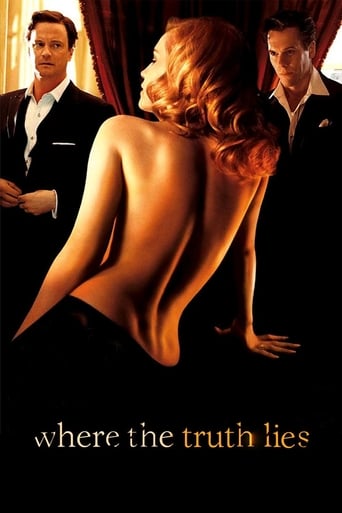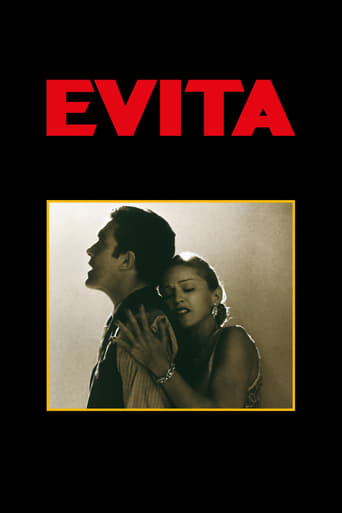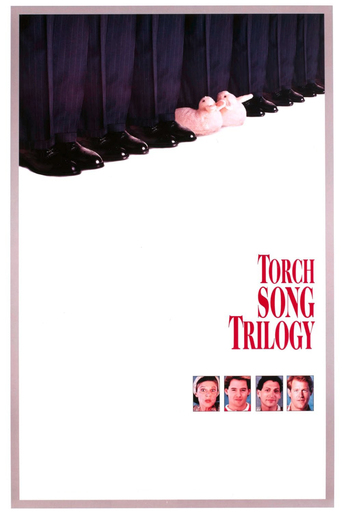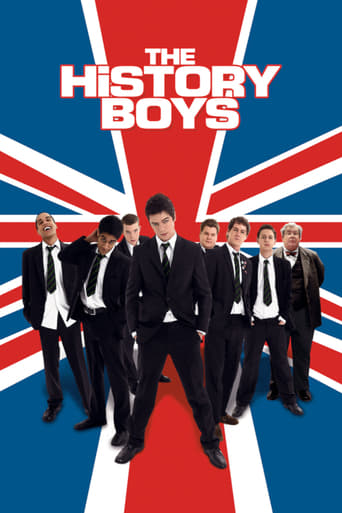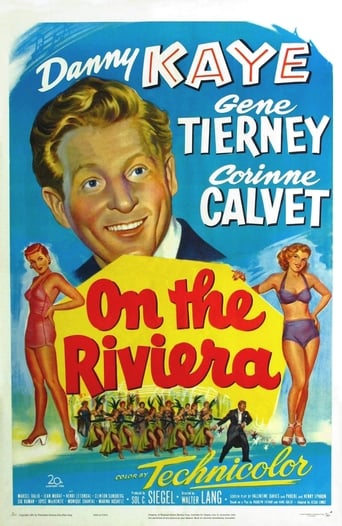

On the Riviera (1951)
In this fast-paced remake of the Muarice Chavlier vehicle Folies Bergere, talented Danny Kaye plays both a performer and a heroic French military pilot.
Watch Trailer
Cast


Similar titles
Reviews
I love this movie so much
Such a frustrating disappointment
If the ambition is to provide two hours of instantly forgettable, popcorn-munching escapism, it succeeds.
Exactly the movie you think it is, but not the movie you want it to be.
There is probably more remakes left in The Red Cat, the play on which Folies Bergere, That Night In Rio, and now On The Riviera is based. Danny Kaye in this film steps into the shoes of first Maurice Chevalier and Don Ameche and they fit well.Like his predecessors Kaye plays dual roles, an American entertainer who includes impressions in his act and a French industrialist who was an air ace a World War ago. The entertainer has Corinne Calvet in his act as an assistant and the industrialist is married to Gene Tierney.When the industrialist makes a secret trip to Great Britain for some financing his associates are left holding the bag with another French industrialist. They hire Kaye the entertainer to impersonate the industrialist and the results, especially with the interaction between the women are hilarious.I'm surprised that Danny Kaye never thought to play the Dromios in a film version of A Comedy Of Errors. With his friend Laurence Olivier as Antipholus it would have been a classic.On The Riviera got two Oscar nominations for Art&Set Direction and for musical scoring by Alfred Newman. Sylvia Fine also known as Mrs. Kaye wrote most of the score and Popo The Puppet got Kaye a lot of success with his children fans. But the hit was the oldtime ragtime song Ballin' The Jack revived for On The Riviera.This film holds up well and one of these days Robin Williams will see this as a property for him. As it is three fine films have been made already.
The third and final filming of the same basic story by Fox studios over a 16 year span. Originally conceived as two distinct films: one an impersonation farce, based on the play "The Red Cat", and the other a musical romance. Zanuck knew it would be a compelling story of perfect mimicry of a rich philandering man by a stage performer, and sometimes the opposite. I have seen the last 2 versions in full, and a 20 min. compendium of mostly the musical numbers of the first. They all have their distinctive overall personalities, especially in the stage numbers, thus warrant viewing each. The '35 version includes a number of Busby Berkeley-like kaleidoscopic productions involving a large team of chorus girls, as was the 'in thing' during that era, along with Maurice Chevalier's distinctive stage personality(which Kaye briefly imitates in the present film). The '41 version introduced Technicolor, dominated by the 3 musical-drama stars of Don Ameche, Carmen Miranda, and Alice Faye, with new songs by Harry Warren and Mack Gordon. Whereas the other two versions were sited in France, as intended, the second one was awkwardly sited in Rio(actually, a sound stage), in deference to the presence of Carmen, and the 'good neighbor policy' of FDR. In contrast to Gene Tierney's persona in the present film, as simply an elegant gorgeous 'trophy wife', Alice Faye, in Gene's role in that film, sang a romantic tune on several informal occasions. Although both beauties, they were quite different: Gene with her cool natural smiling regal demeanor vs. Alice, with her big languid soul-searching eyes.Corinne Calvert hardly had the popular visibility of her counterpart in the '41 film: Carmen Miranda. She came across as a conventional French chorus girl, who happened to be showman Martin's current girlfriend. She rather reminds me of the later Ann-Margaret, in looks and personality. My impression is that she got more screen time in the non-musical portions than did Carmen, who dominated most of the staged musical productions. Behind the camera, the film was directed by veteran Walter Lang, with veteran Sol Siegel the producer, both with quite few past and future Fox musicals to their credits. Legendary Alfred Newman was the music director, as he was in the '41 version. Danny's wife, Sylvia Fine, composed most of the music, as she apparently had for most of his career.Legendary Jack Cole was chief choreographer, as betrayed by the lavish, imaginative, sometimes exotic, exuberant stage dance routines, which provide a more than credible answer to the lavish Carmine Miranda-led dance routines in the '41 film. Jack devised the unique memorable "Popo the Puppet" production, with Danny speaking childlike, including some trademark mangled nouns(ex.: ephelant, hipponoticus), and including some supporting clown-like puppets. Certainly the highlight of the film for children, and my all time favorite Kaye performance. Jack's penchant for multileveled dance and skit productions is also evident in most of the numbers. Instead of the traditional brief reprisals of the main songs in the finale, as in the '41 version, we have a new appropriate song and exuberant dance production to end the film on. Jack's star pupil, Gwen Verdon, leads the introductory stage show. Jack would go on to be Marilyn Monroe's requested choreographer for most of her high profile films. Danny plays a famous airplane pilot and investor in new plane design manufacture. Ironically, about a decade later, he would become interested in piloting airplanes, bought several, and became a vice president of Learjet!The complicated non-musical portions apparently are considered boring by some, but not by me. Overall, they are certainly more interesting than in the '41 version. You certainly have to pay close attention not to get occasionally lost on whether you are watching Durant or Martin, and whether they are playing themselves or the other. This is complicated by the sometimes uncertainty as to whether the women are being fooled or only pretending to be. In the end, all is forgiven. Durant presumably saves his airplane business, and Martin's attention to Durant's wife made Durant realize that he should cutout his philandering and concentrate on her. Martin and Corinne also make up in the finale. All in all, I think it's a toss up whether this or the '41 version is more entertaining. This one is more dependent upon a single superstar.The current DVD release has excellent documentary extras on Danny and Jack Cole, as well as a partial comparison of the 3 versions.If you like this type of film: fusing comical impersonations by doubles with song and dance, I can also recommend a much more obscure, but fun, film from the '30s, called "Honolulu". Robert Young plays 2 look alike men: a movie idol trying to escape from suffocating celebrity, and a member of a rich Hawaiian family who also wants to escape from his limited life. Eleanor Powell provides some unique exuberant dancing, and a masquerade party heightens the theme of impersonations.
Predictable Danny Kaye farce with the beauty Gene Tierney attempting to leave drama and go to comedy for a change. Ms. Tierney probably knew that her forte was the former.We know what's going to happen when Kaye impersonates a debonair look-alike who is having financial difficulties. We know the latter will show up and cause some comic complications.The cinematography is beautiful and the songs, some of them written by Kaye's wife Sylvia Fine, are flamboyant. Kaye does brief take-offs on Carmen Miranda and Jimmy Durante. They would have been hilarious had he been allowed to pursue them.
I'm afraid I couldn't get with the program here. Danny Kaye is responsible for some of the funnier movies ever made, but this plot is a weak comedy of manners. It has Kaye as Jack Martin, a nightclub impersonator, being called on to pretend he's a celebrated, aristocratic French aviator. There is a mix up with the aviator's wife, Gene Tierney, and Kay's girl friend, Corinne Calvet, gets jealous.It's in glorious Technicolor but it's all been done elsewhere, often better, as in "The Prisoner of Zenda." Sometimes worse, as in "The Front." There's little in the way of physical comedy. Kaye doesn't take any pratfalls. He rarely seems as rattled as he does in his usual screen persona -- more embarrassed than neurotic and cowardly. He doesn't sing a gibberish song. The location needn't have been the French Riviera. Kaye's part could easily have been given to anyone else.It's as much a musical as it is a comedy. Kaye plays a showman and does his musical numbers straight. None are memorable ("Ballin' the Jack") and Kaye wears a tuxedo. Kaye is energetic enough, on stage and off stage, and his voice is pleasant, but that's about it. One of his songs' best features is that it used (unless I'm mistaken) Gwen Verdon for one of the lead dancers. She should have had more screen time.If this was an attempt to broaden the style of Kaye's performances, it really doesn't work. As a comedian, with a good script, he's superb. As a singer and dancer, he's mediocre.


